When Stephan Winkelmann returned to Sant’Agata Bolognese to begin his second stint at the helm of Lamborghini in December last year, he took over a company that, despite everything, was in rude health.
Defying the impact of the Covid-19 pandemic, the Italian supercar maker achieved the second-highest annual sales figure in its 58-year history (eclipsed only by 2019) and set a company record for profitability. In the first three months of 2021, it also set a new record for quarterly sales, with 2422 cars delivered, and it already has orders to cover the next nine months of production. No wonder there’s interest in buying Lamborghini – and why the Volkswagen Group insists it’s not for sale.
And yet, since his return, Winkelmann has been plotting how to ‘reinvent’ Lamborghini. The result is the bold (and extravagantly named) Direzione Cor Tauri plan, which includes targets to electrify its entire line-up by 2024 and add its first fully electric model by the end of the decade.
“On my return, one of the first things we did was all sit down together to understand how we can bring the company to the next level,” says the 56-year-old German, talking to Autocar before news of a takeover bid emerged. Of course, the push to further transform Lamborghini is partly because new EU emissions laws will force it to change. “One of the biggest goals, if not the biggest goal, is the reduction of CO2 emissions,” says Winkelmann. “This is a challenge for all brands, but it’s even more difficult for super-sports car brands. The reduction of CO2 emissions is a must, but we need to keep the DNA required to maintain super-sports car performance that’s equal to, if not even better than, today’s. That’s the challenge we’re giving ourselves.”
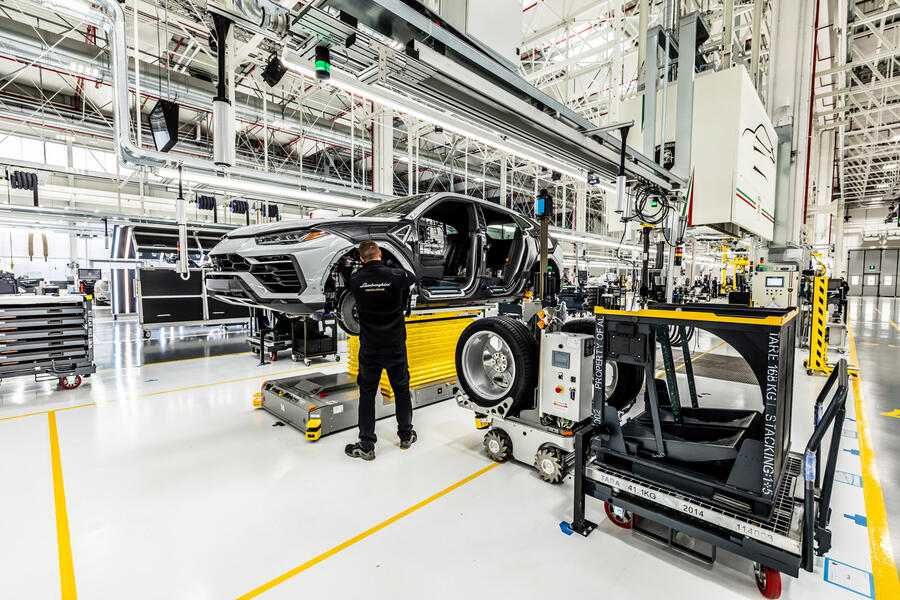
With tightening regulations making change inevitable, Winkelmann’s goal is to ensure that the result is positive. He cites an example from his first spell running Lamborghini, which lasted from 2005 until he moved within the Volkswagen Group to run Audi Sport in 2016. While he grew Lamborghini’s sales substantially during that time, his boldest move arrived only after he left.

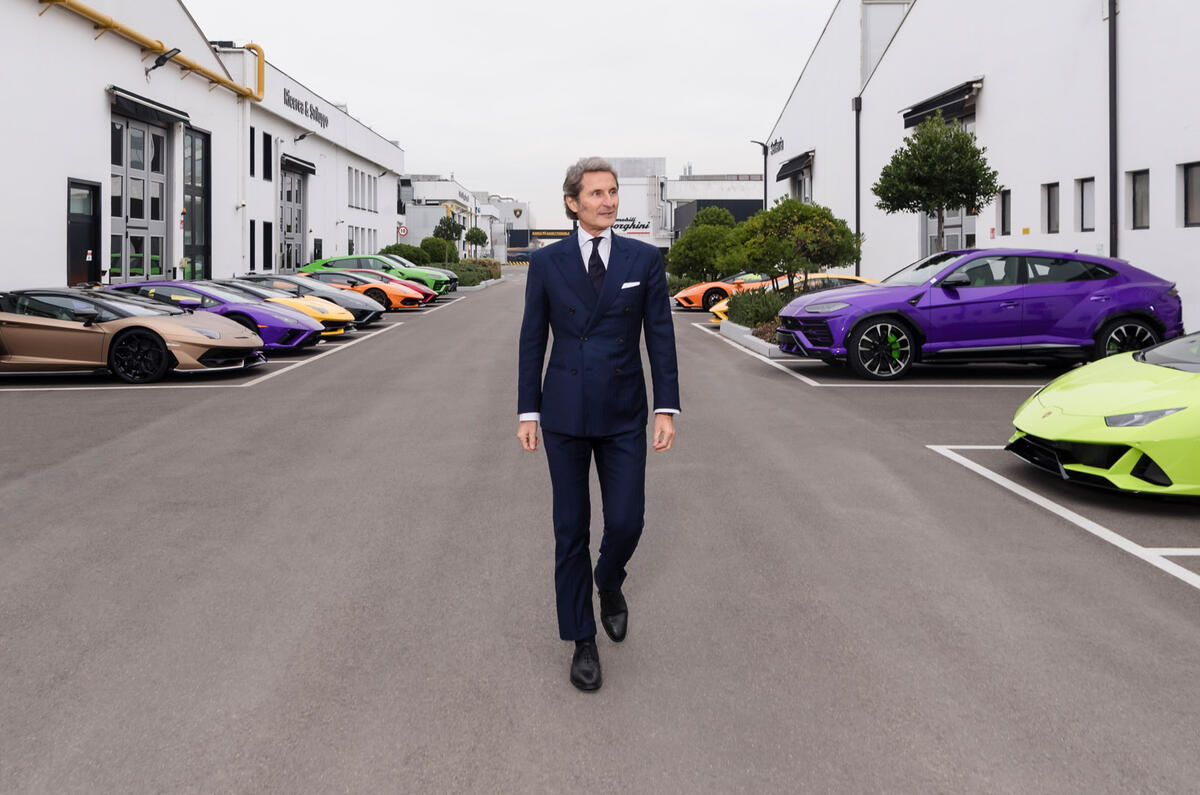
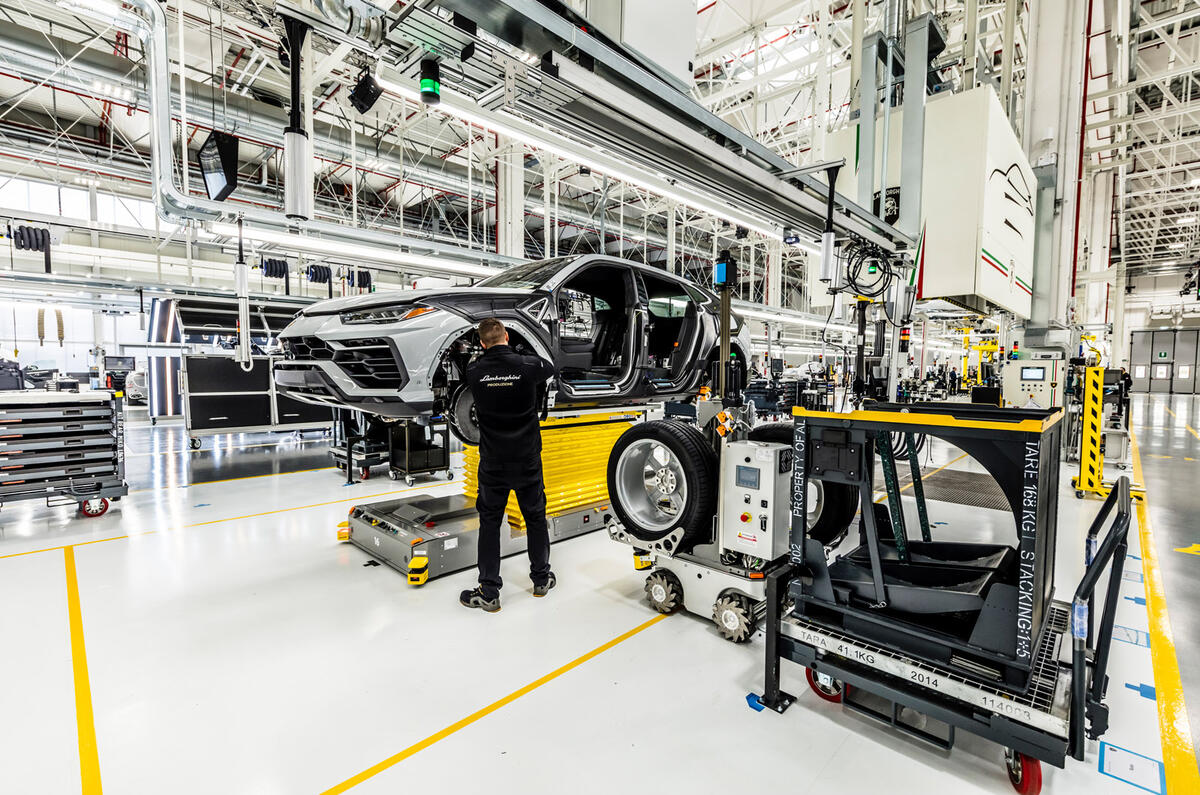

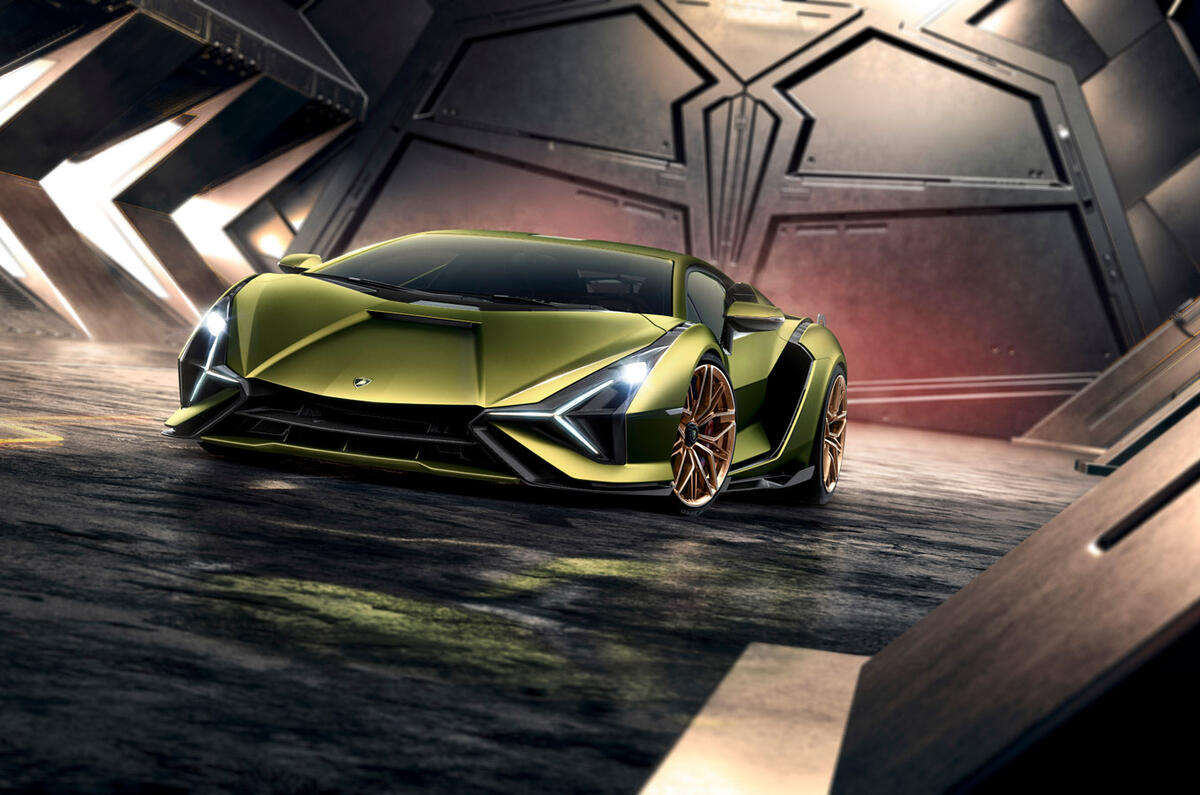
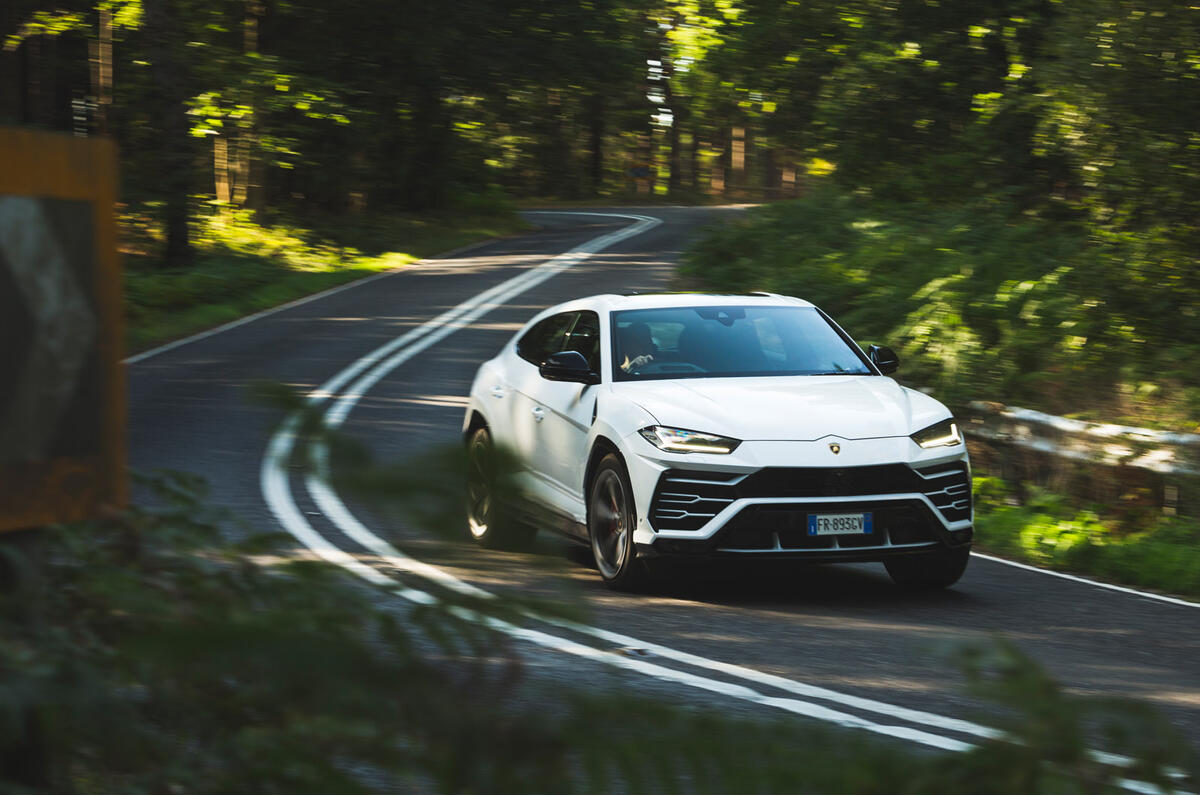
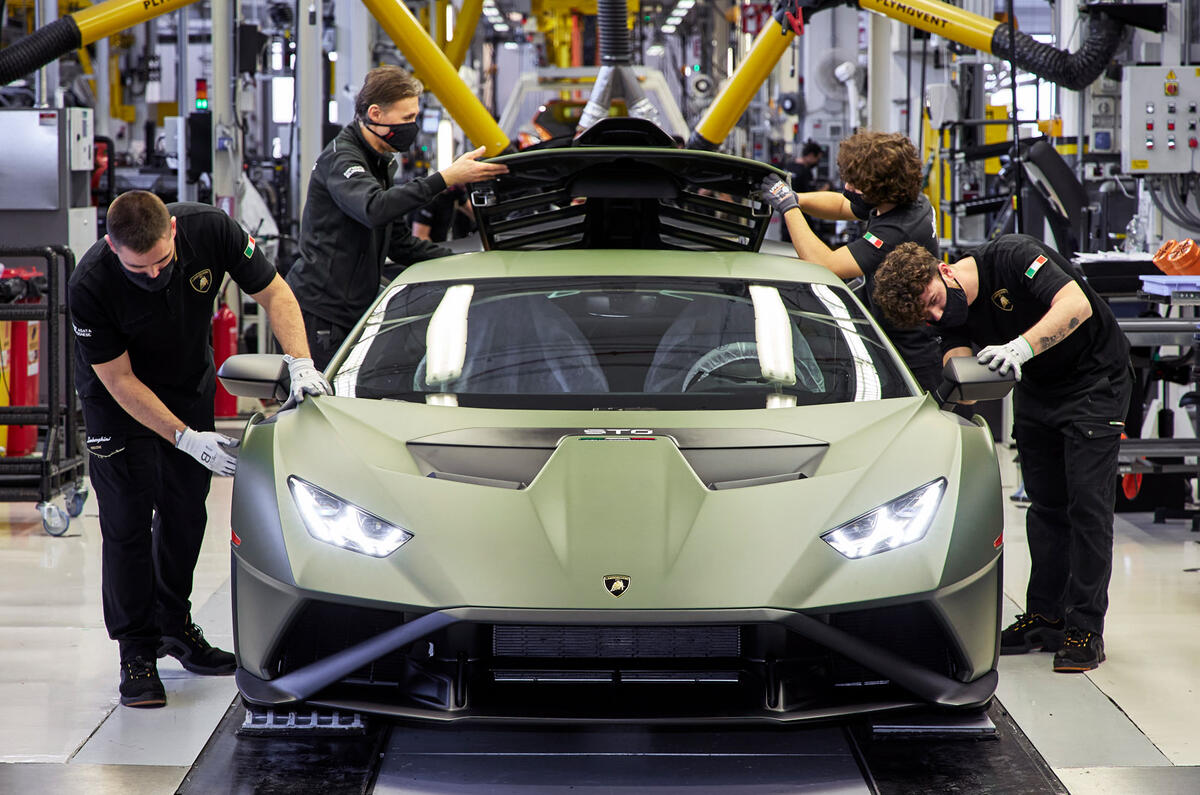


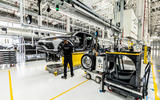
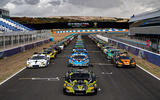

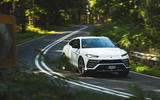
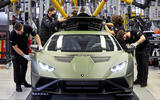
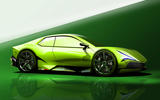

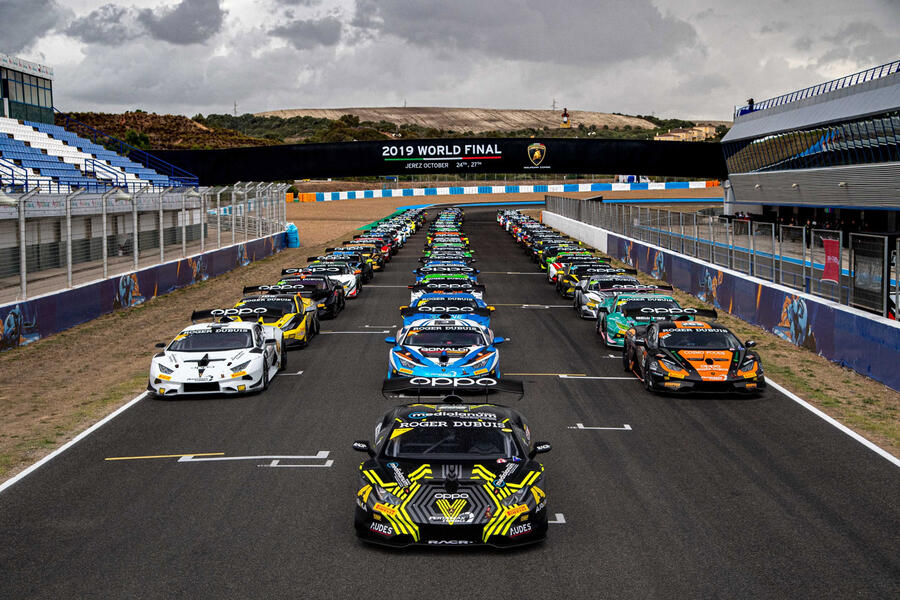
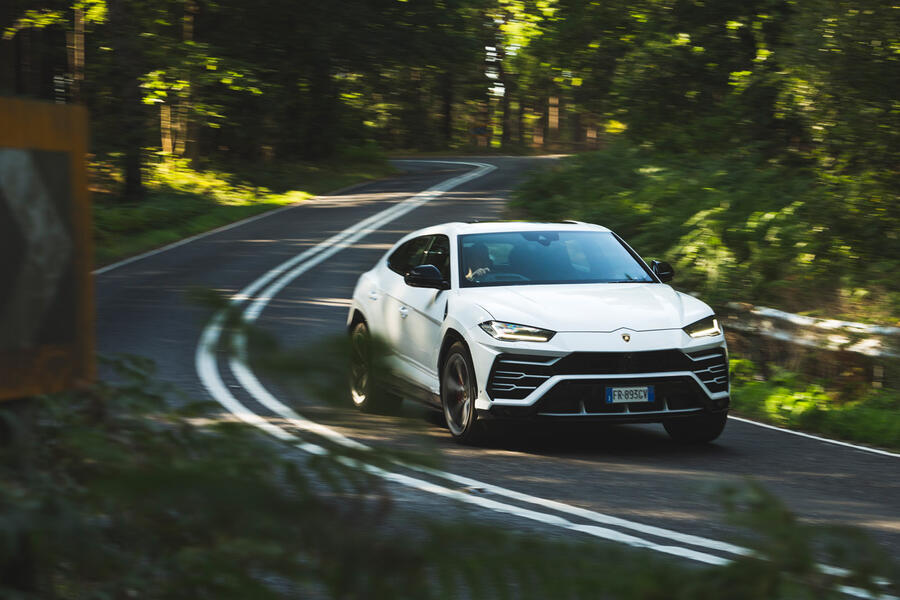
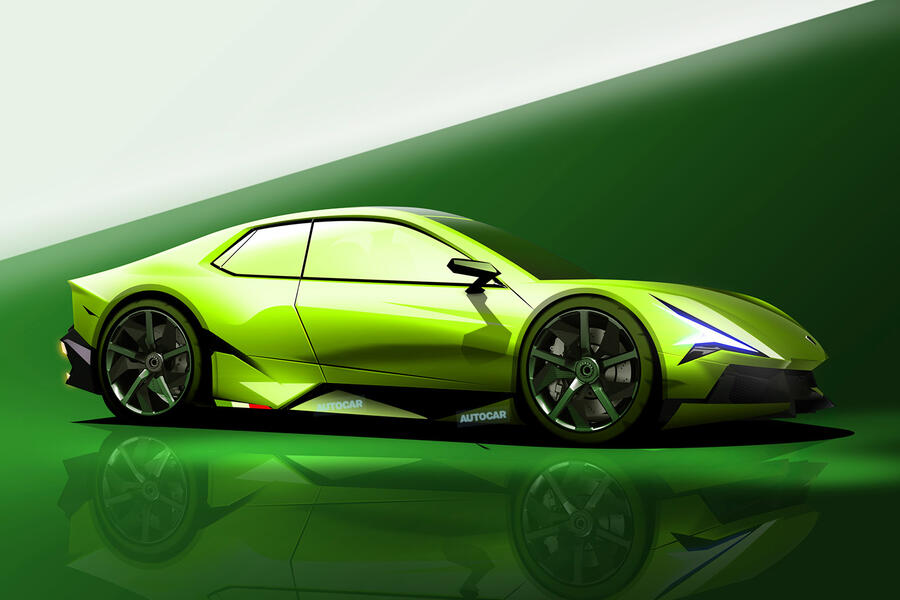






Join the debate
Add your comment
With Lambo not under the direct management of Audi, it seems that there is a natural relationship/connection them a Porsche could exist, with them both being the builder of fast vehicles (Porsche super cars and Lambo exotics). Outside of the Urus and Cayenne there is no over lap. Lambo wanted to twin the Aventador and the Huracan, but Audi required that it be twinned with the R8. Now that that R8 is no more in its current form, perhaps Lamborghini's next super and junior exotics can have a closer relationship? That said, on the BEV front, a four coupe built from the bones of the next Taycan and e-tron GT sounds exciting, but I don't understand why it couldn't be an actual two door coupe? I get that it's not replacing the Huracan or Adventador, but couldn't they size it between these two? I mean, it's not like they couldn't use the rear space for more batteries, right? Maybe? I can't help but think, if and when Lambo replaces the Adventidor, Huracan and Urus with BEV's, how many would they sell if it had the power and range of the Model S and X, with the Plaid mode? While they may not have the rush of sound like they're current offerings, I do not think they would have any trouble finding buyers even at today's prices!
Say what you want about Ferrari, but they don't indulge in bullshit. The Urus is about the only series car they promised from concept in the last 10 years.
Ferrari just decides they'll build a specific car and they stick to it.
ActuaLLy, my favourite sports cars are Le Koensiburg (or whatever, sorry, cant remember pronounciation). StiLL officiaLLy the fastest car, en 2 timed runs, par Guiness./